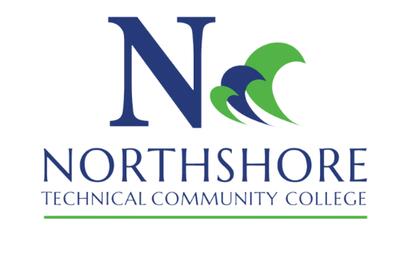Compliance with House Concurrent Resolution 69
The Louisiana Legislature passed House Concurrent Resolution 69 (HCR 69) in the 2011 Legislative Session, replacing House Concurrent Resolution 197 of 2010. House Concurrent Resolution 69 urges and requests “each public institution of postsecondary education to report annually certain information to the House Committee on Education and the Senate Committee on Education and on its website.”
I. Institutional/Student Profile
|
|
|---|---|
|
II. Student/Faculty Engagement
| Percent of Lower level classes taught by full-time faculty | 61% |
|---|---|
| Average teaching load by discipline | Average Teaching Load By Discipline |
| Average credit hours taught per student By Major | Average Credit Hours Taught Per Student by Major |
| Number & type of general education courses required degree programs |
General Education Core (3 Credit Hours Each):
Associate of General Studies Degree:
Associate of Applied Science Degree:
Louisiana Transfer Degree:
|
| Transfer criteria | Academic Catalog (see Admission Status, Transfer Students) |
| Process for evaluating program effectiveness |
Through the Program Assessment Planning process, each program of study develops and assesses outcomes and uses the results for improvements. The educational programs across all college locations engage in this systematic planning and evaluation process in order to promote institutional performance and accountability for continuous improvement toward the advancement and the fulfillment of the identified program-level student learning outcomes. Therefore, each planning unit sets its priorities for the year based on their core areas of responsibility and institutional priorities; then defines assessment measures and performance targets, and analyzes the results, which they use for the continuous improvement of their programs. |
| Explanation of student outcomes for each program | Program Assessment |
| Satisfactory academic progress definition | SAP Policy |
III. Academic Achievement
| First to Second Year Retention Rate |
57%
Full-Time, First-Time Student Cohort, Fall 2021-Fall 2022
(IPEDS 2023, Fall Enrollment Report) |
|---|---|
|
Graduation Rates: |
NTCC College Navigator |
| Percent of Students taking Remedial Courses | 7% |
| Average Time to Degree | 24 months (Degree Seeking) |
| 18 months (Diploma Seeking) | |
| 12 months (Certificate Seeking) | |
| Average Scores on outcome assessments (grad school admissions tests, licensure exams) | Currently Unavailable |
| Admission Rates into Grad programs | N/A |
IV. Institutional Efficiency/Fiscal Conditions
|
Percent of Budget Spent On: |
|
|
Instruction |
53.0% |
|---|---|
|
Institutional Services |
18.9% |
|
Student Services |
8.7% |
|
Plant Operations/Maintenance |
10.3% |
|
Academic Support |
6.3% |
|
Transfers out of agency |
2.7% |
|
Scholarships/Fellowships |
0.1% |
|
Public Service |
0.0% |
|
Athletics |
0.0% |
| Research |
0.0% |
| Ratio of administrative staff to total staff | 1 to 8 |
|---|---|
| Classroom and Lab space utilization | Link to BOR Facilities Inventory and Utilization Data |
| General fund appropriations (including ARRA) per in-state full-time equivalent student | $4,401 |
| Total Expenditures per full-time equivalent student | $7,764 |
Updated: December 2023
This site provides information using PDF, visit this link to download the Adobe Acrobat Reader DC software.
.png)



